Cultural, historical, and natural sites in Moldova including Cricova and Milestii Mici wine cellars, the monasteries of Căpriana and Saharna, the fortresses of Soroca and Bender, the museums and parks of Chișinău. The region features underground wine galleries, Orthodox religious buildings, historic military constructions, nature reserves, and urban green spaces.
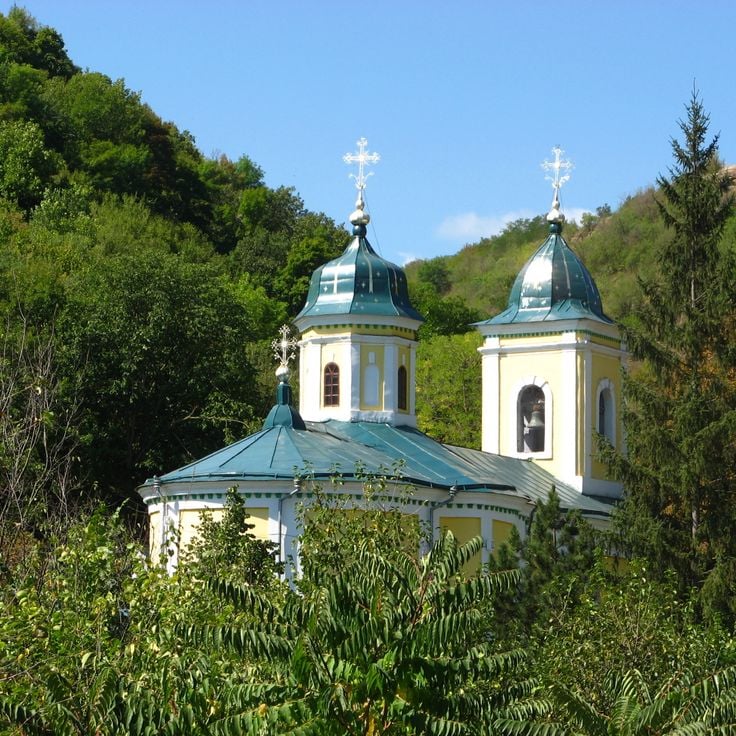
Saharna, Moldova
18th-century Orthodox religious complex located near a 4-meter waterfall. The site includes a church, monastic cells, and gardens maintained by monks.
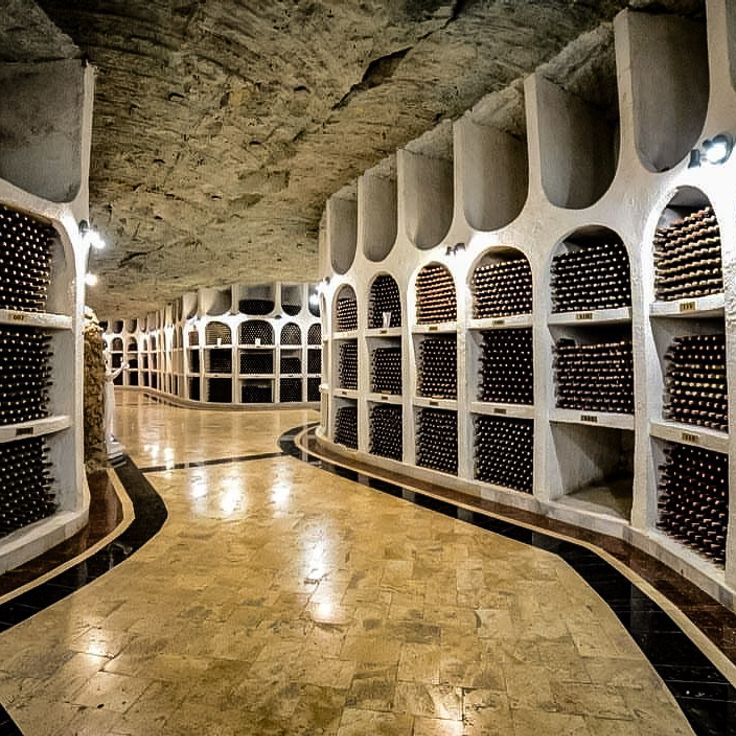
Cricova, Moldova
120 kilometers of limestone tunnels used for wine production and storage. The galleries maintain a constant temperature of 12 degrees.
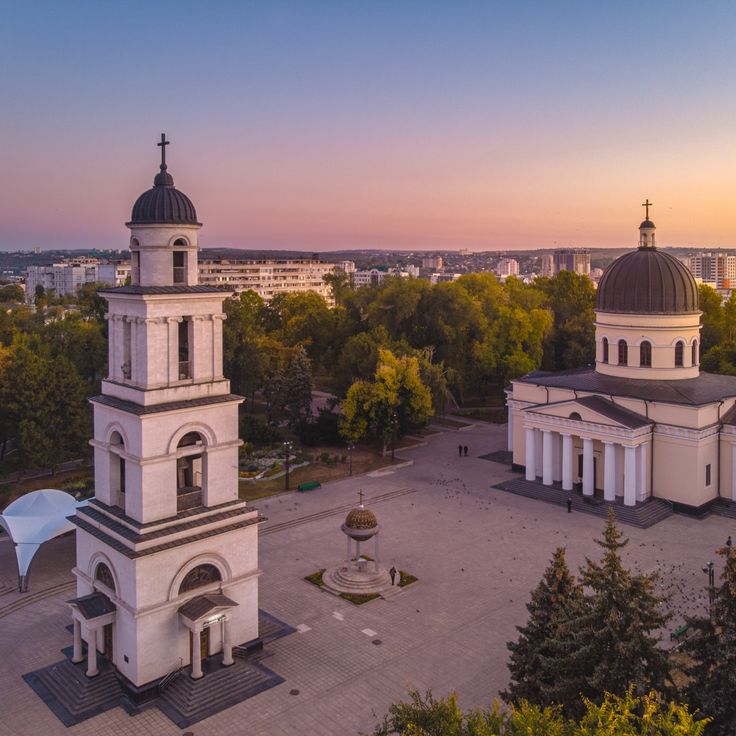
Chișinău, Moldova
Neoclassical religious building constructed in 1836 in central Chișinău. The interior features frescoes and a carved wooden iconostasis from the 19th century.

Chișinău, Moldova
Museum institution showcasing over 263,000 objects related to Moldovan history, from prehistoric times to the contemporary era.
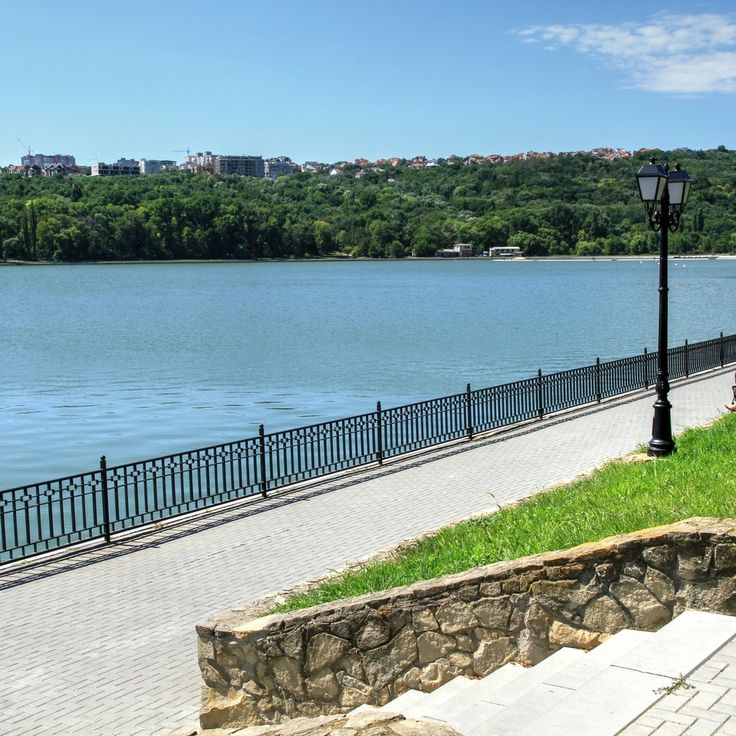
Chișinău, Moldova
Largest public park in Chișinău, developed in the 1950s, featuring a 34-hectare artificial lake, walking paths, and leisure areas.
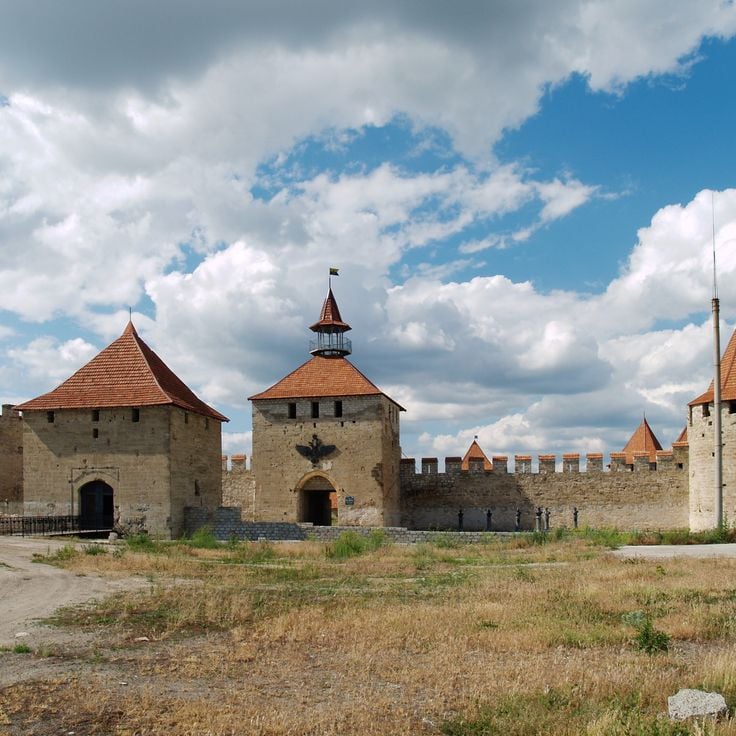
Bender, Moldova
Ottoman military structure built in stone in the 16th century on the banks of the Dniester, comprising eight towers and walls 2 meters thick.
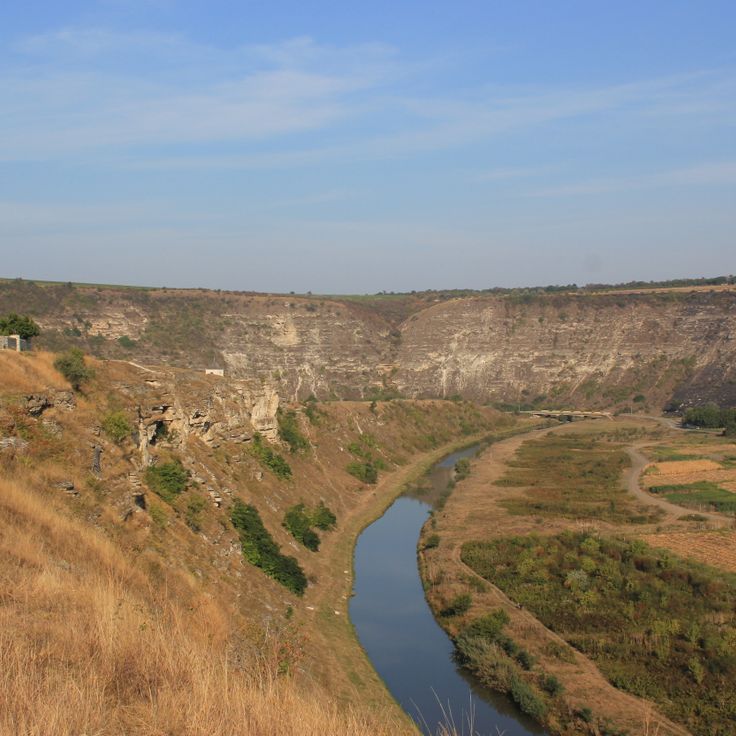
Trebujeni, Moldova
Historical and natural complex in a loop of the Răut River with a monastery carved into limestone and remains dating back to the 14th century.
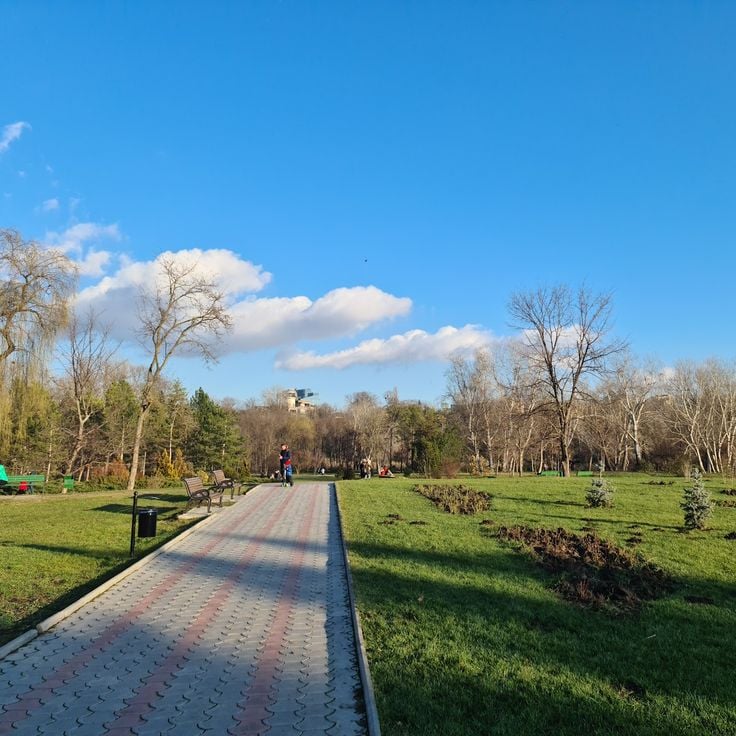
Chișinău, Moldova
78-hectare botanical garden created in 1973 housing over 2000 species of plants. The park contains a rose garden, a lake, and thematic sections.

Soroca, Moldova
Circular defensive structure built in 1499 under Stephen the Great, consisting of five towers connected by 20-meter high walls.
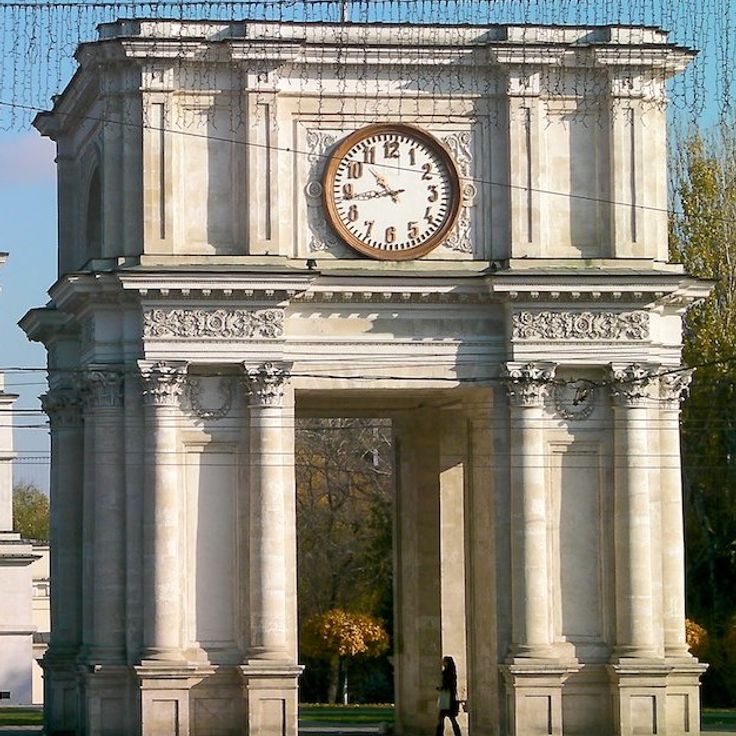
Chișinău, Moldova
Military monument built in 1841 under the Russian Empire, featuring a victory bell and a clock on each side.
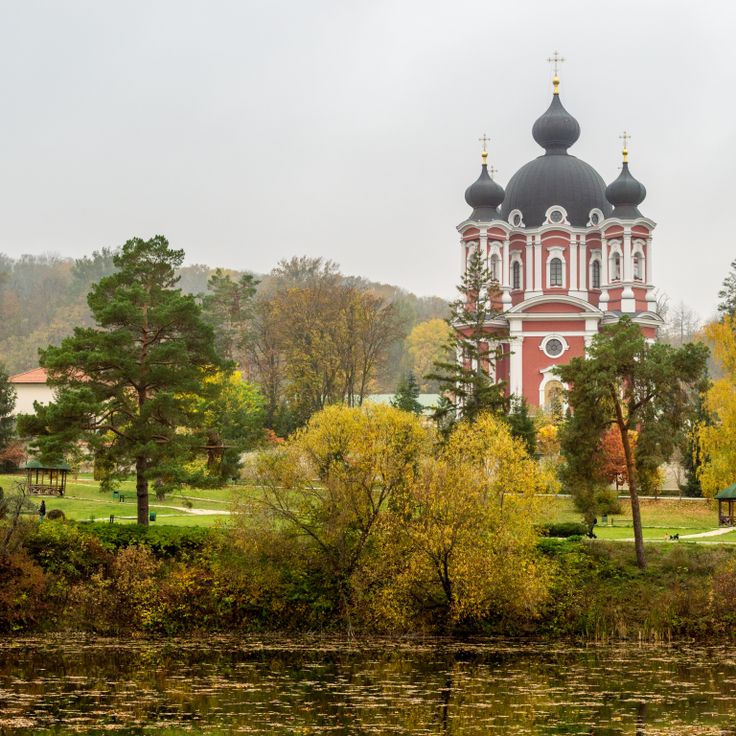
Curchi, Moldova
19th-century religious ensemble comprising five churches, gardens, and monastic buildings in Neo-Byzantine architectural style.
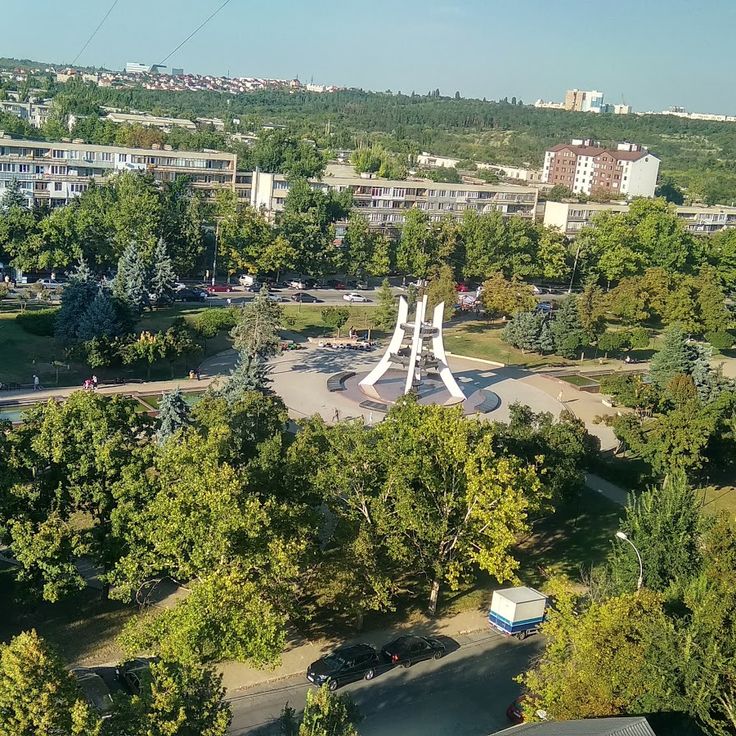
Chișinău, Moldova
7-hectare green space created in 1818, with tree-lined pathways, a central fountain, and monuments.
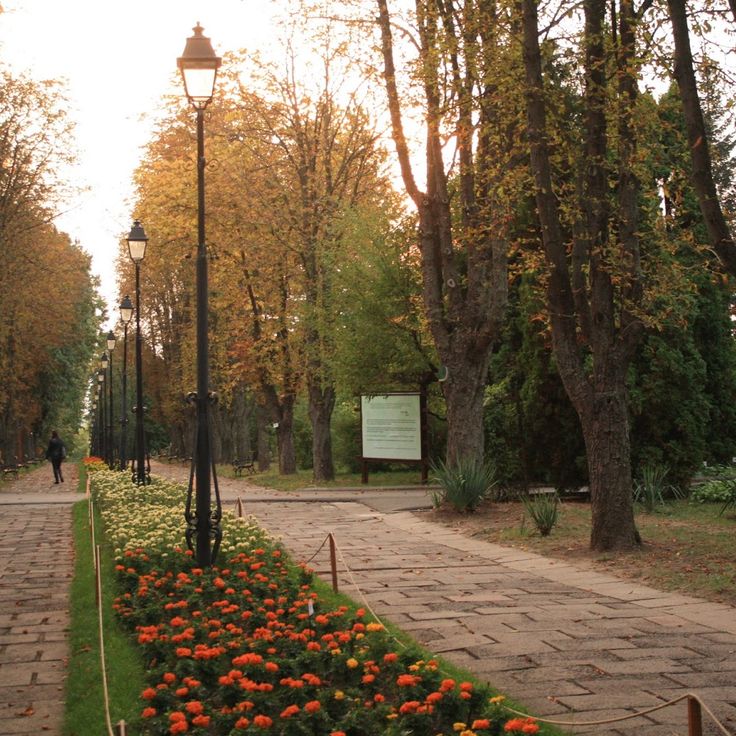
Chișinău, Moldova
Botanical research center spanning 76 hectares with 10,000 plant species, tropical greenhouses, a rose garden, and plant study laboratories.
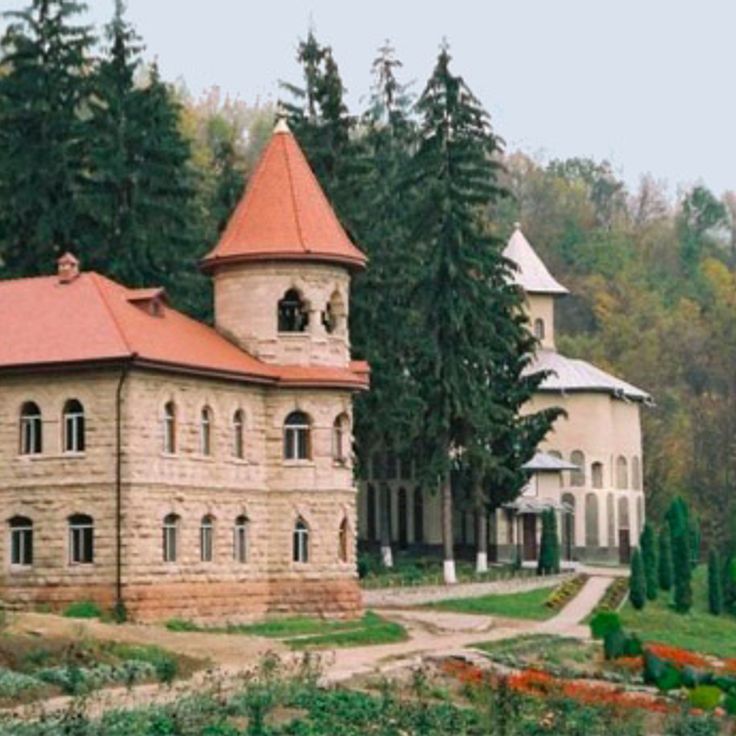
Rudi, Moldova
18th-century Orthodox monastic complex built from white stone, located near the Dniester River and surrounded by forests.
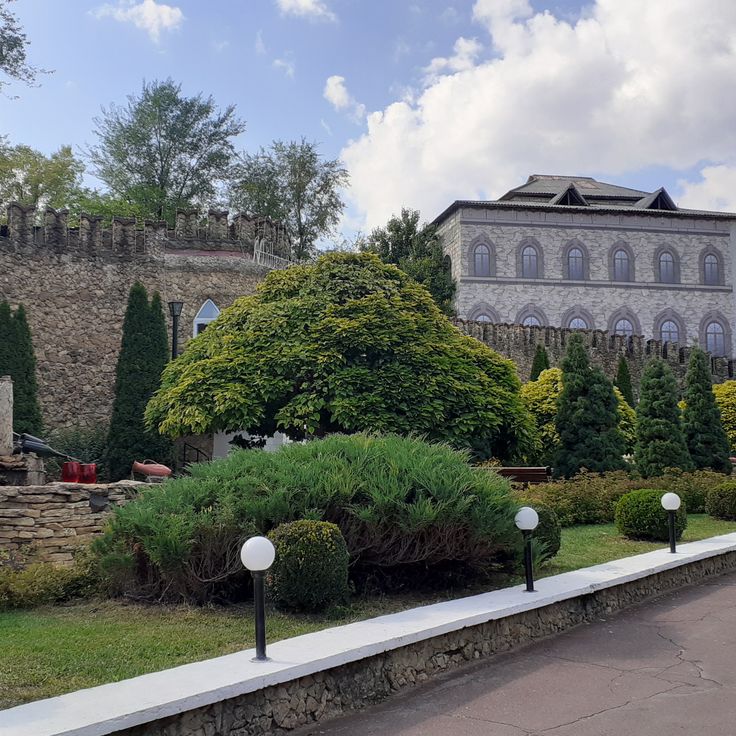
Milestii Mici, Moldova
200 kilometers of limestone galleries storing 2 million bottles of wine at a constant temperature.
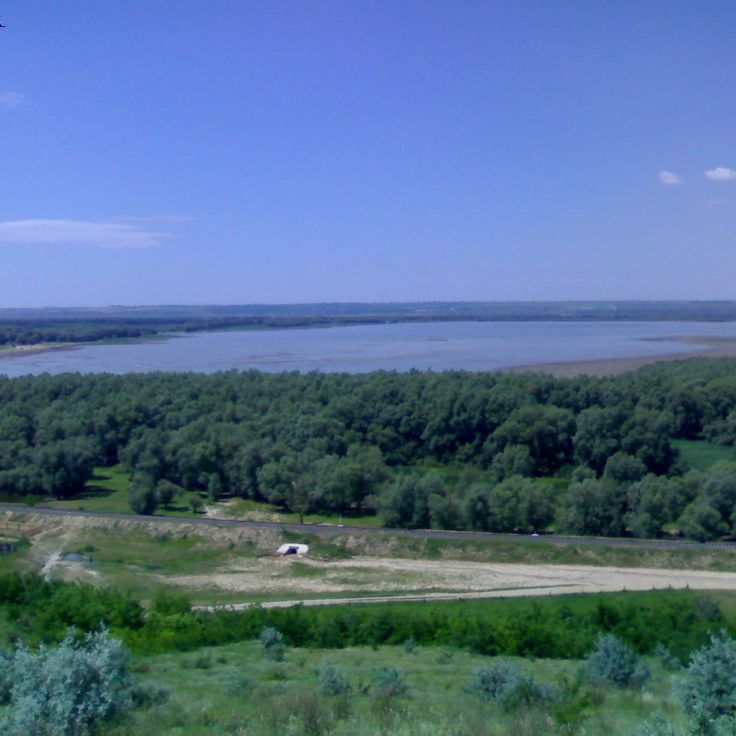
Slobozia Mare, Moldova
628-hectare nature reserve protecting fish and migratory bird species within a wetland system.

Glodeni, Moldova
2800-hectare natural reserve home to reintroduced European bison, deer, and various bird species in an oak and beech forest.
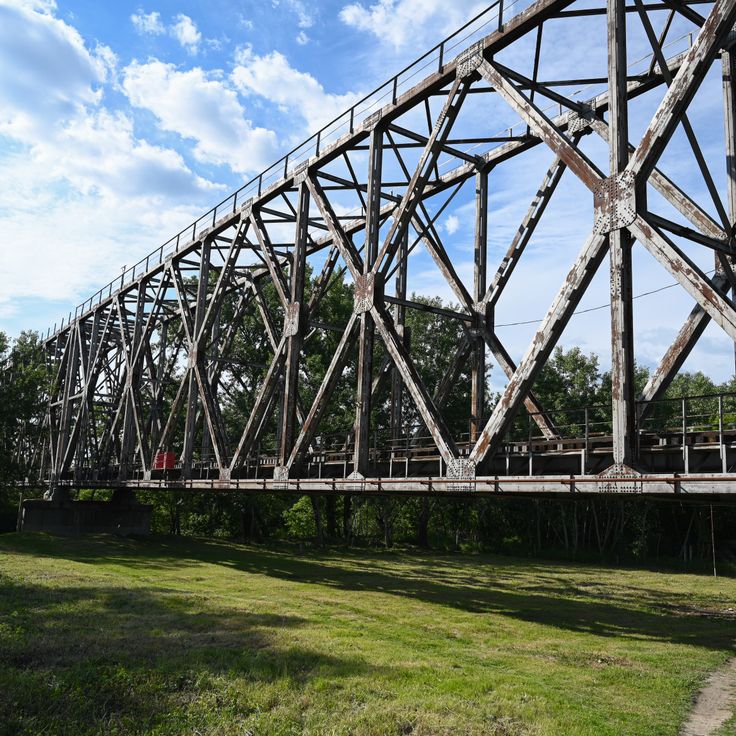
Ungheni, Moldova
Railway bridge built in 1877 by Gustave Eiffel, 150 meters long, connecting Moldova to Romania over the Prut River.
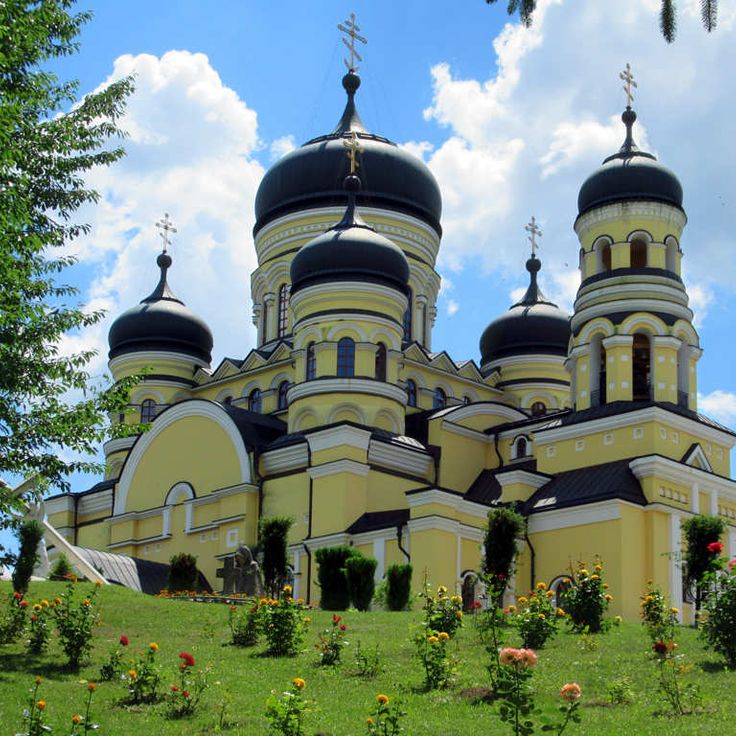
Bujor, Moldova
17th-century Orthodox religious complex including two stone churches, monastic cells, and an enclosing wall in a forest.
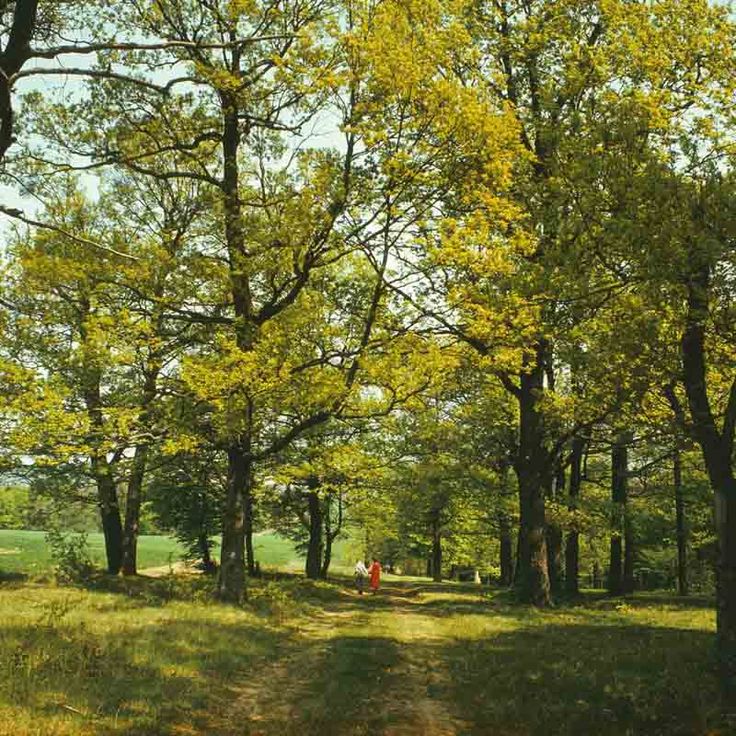
Lozova, Moldova
5177-hectare protected area created in 1971, comprising oak and hornbeam forests inhabited by wild boars, roe deer, and over 150 bird species.
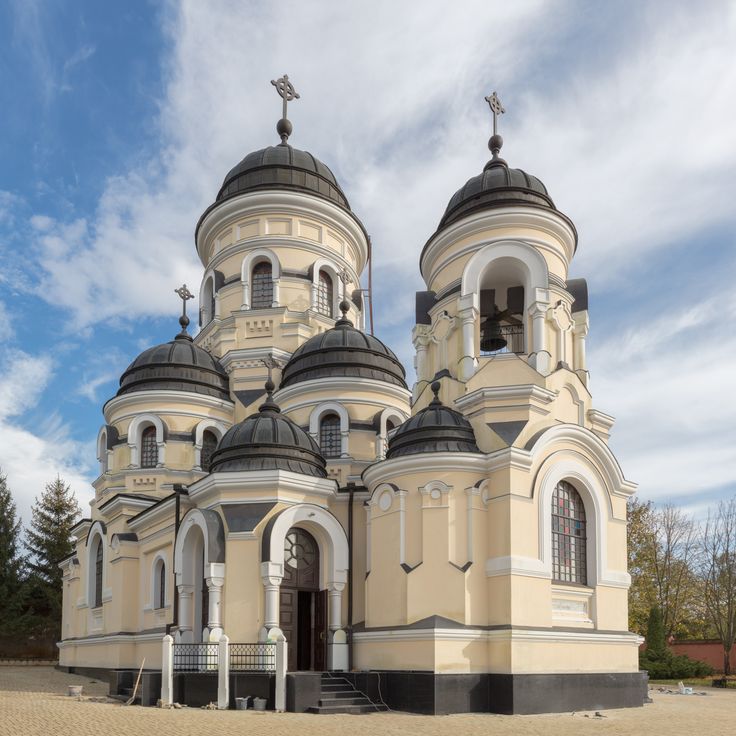
Căpriana, Moldova
Orthodox monastery established in 1429 featuring a main church, monastic cells, and a library with ancient manuscripts.
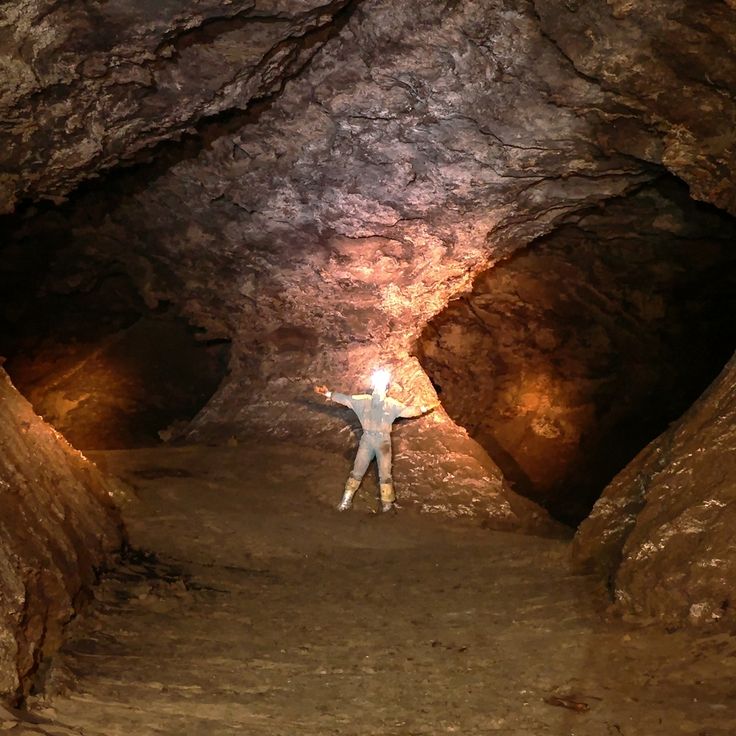
Criva, Moldova
90-kilometer network of natural gypsum underground galleries with lakes, stalactites, and mineral formations.
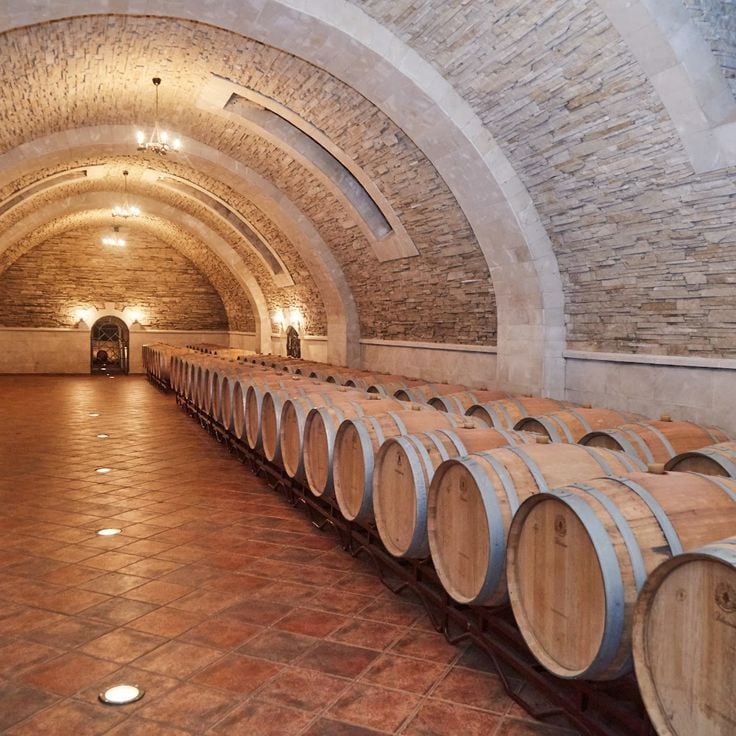
Purcari, Moldova
Wine estate founded in 1827 with underground wine-making galleries and vineyards extending over 260 hectares.
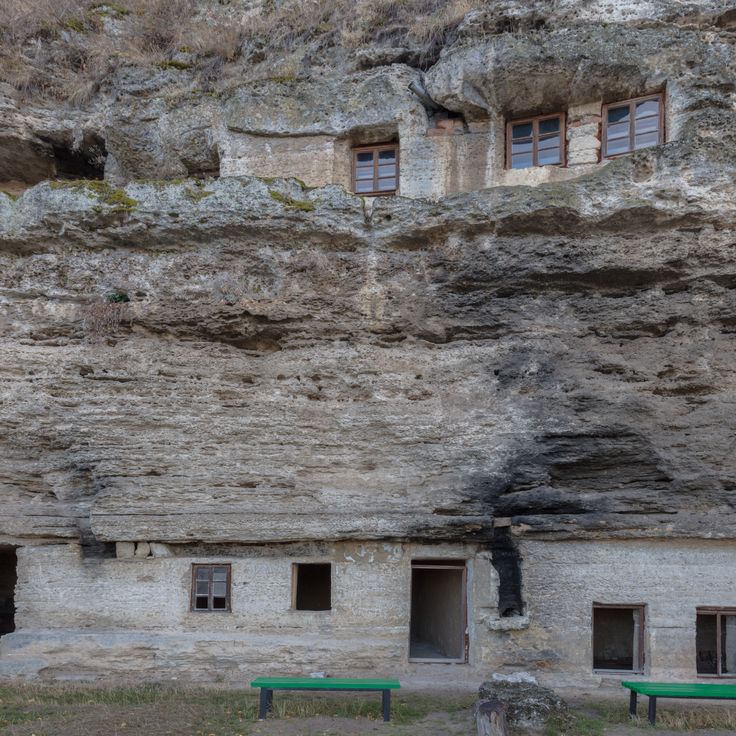
Țîpova, Moldova
Medieval monastic complex carved into limestone cliffs along the Dniester, consisting of three levels connected by staircases.

Cahul, Moldova
6000-hectare protected area home to several species of aquatic birds and freshwater fish. The reserve supports a population of white pelicans.

Japca, Moldova
17th-century Orthodox religious establishment, situated on the heights above the Dniester. The buildings feature four churches and monastic cells.
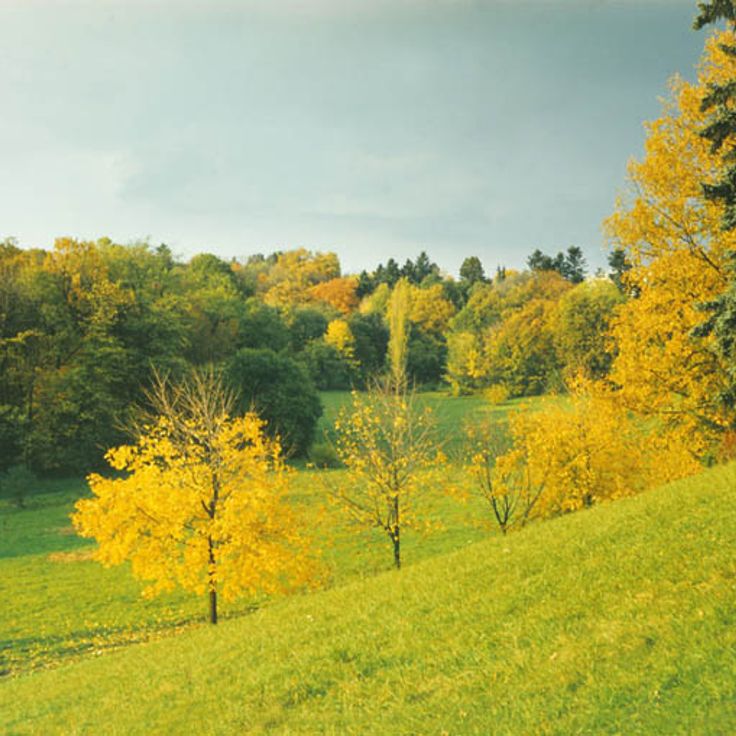
Țaul, Moldova
46-hectare dendrological garden created in 1901, featuring more than 150 species of trees and shrubs. The park surrounds an old manor.
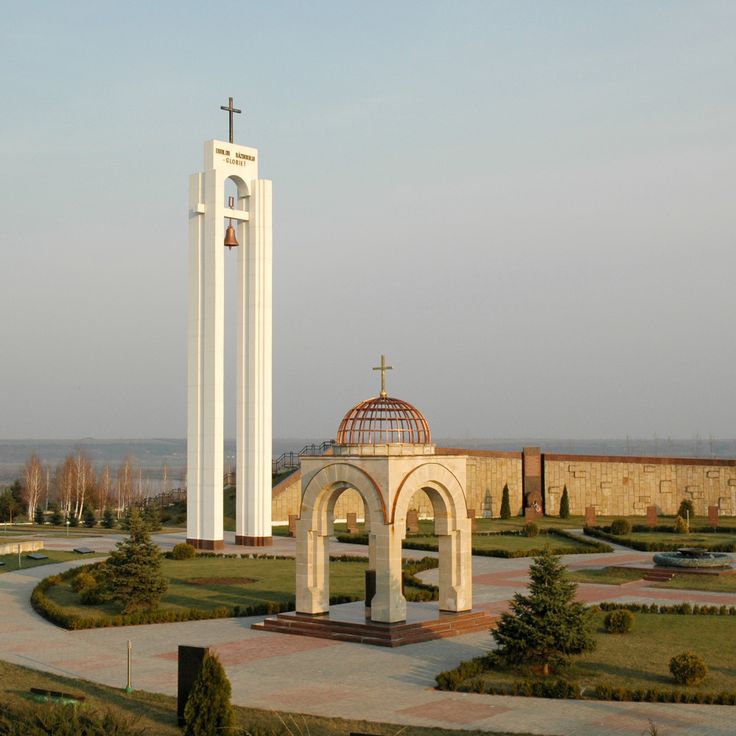
Șerpeni, Moldova
Commemorative site built in 2004 for soldiers who died during the Soviet offensive of 1944. The complex includes a museum and monuments.
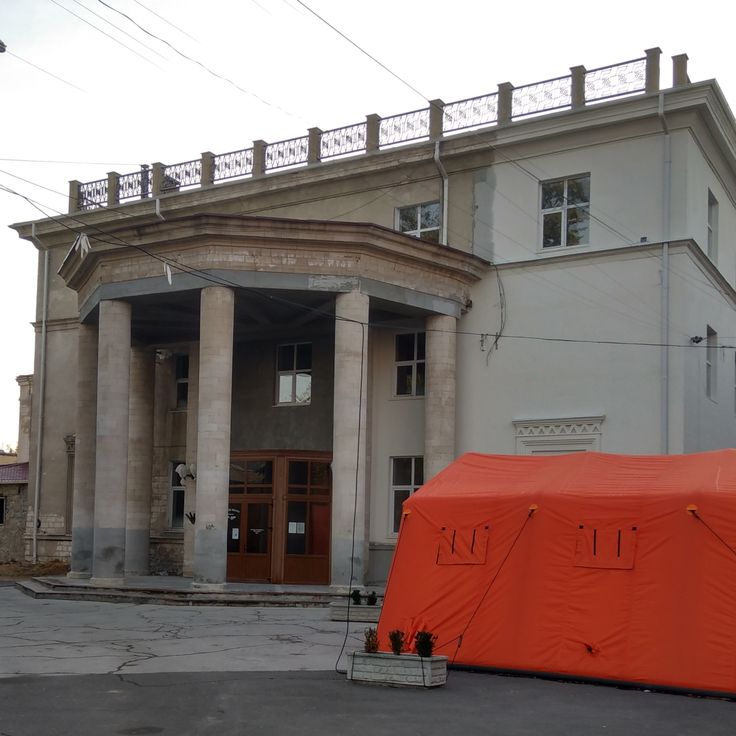
Chișinău, Moldova
Music center with acoustics suitable for symphonic concerts and recitals. The building has hosted the National Philharmonic Orchestra since 1940.
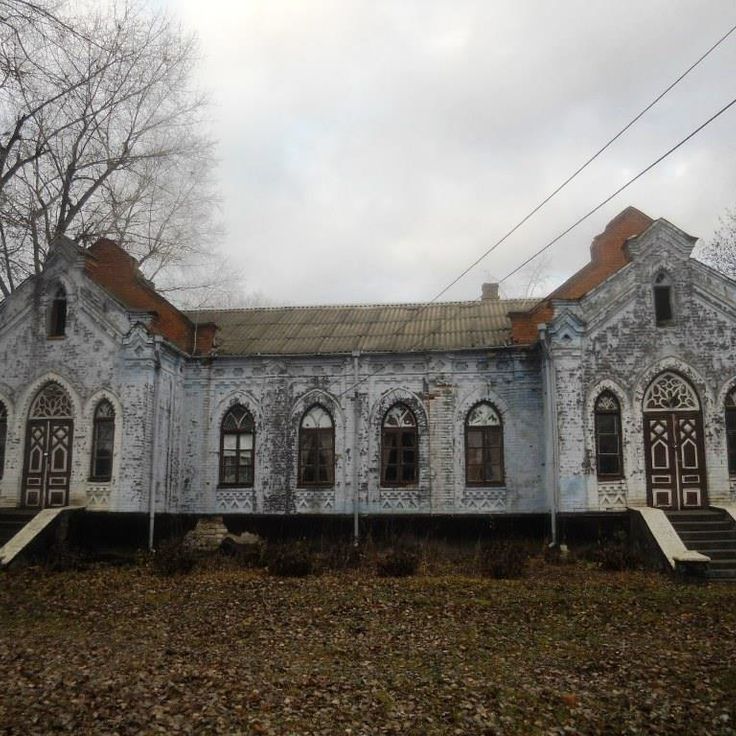
Cernoleuca, Moldova
19th-century noble residence built for Constantin Cazemir featuring neoclassical architectural elements and a four-hectare park.
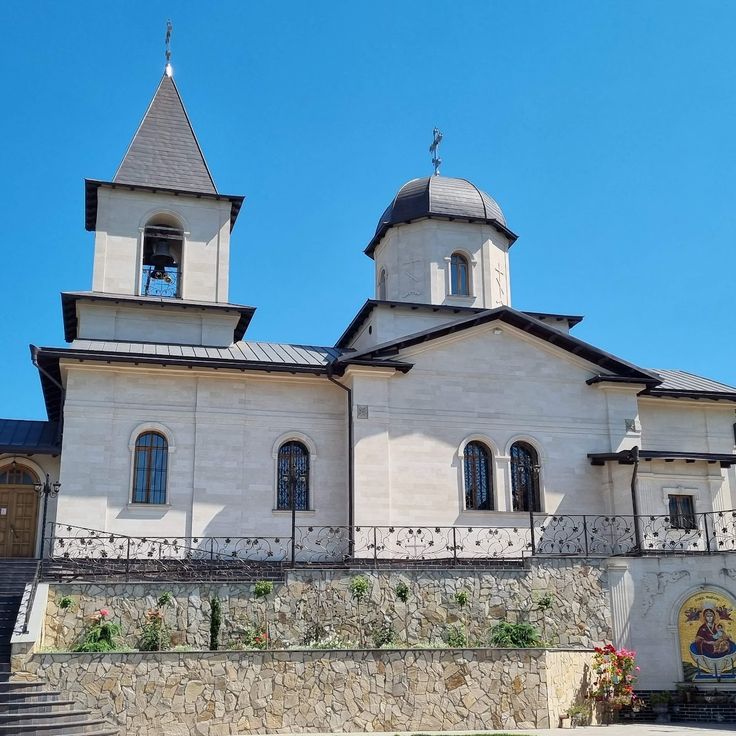
Varzaresti, Moldova
15th-century Orthodox monastic ensemble comprising a stone church, monastic cells, and enclosed gardens.
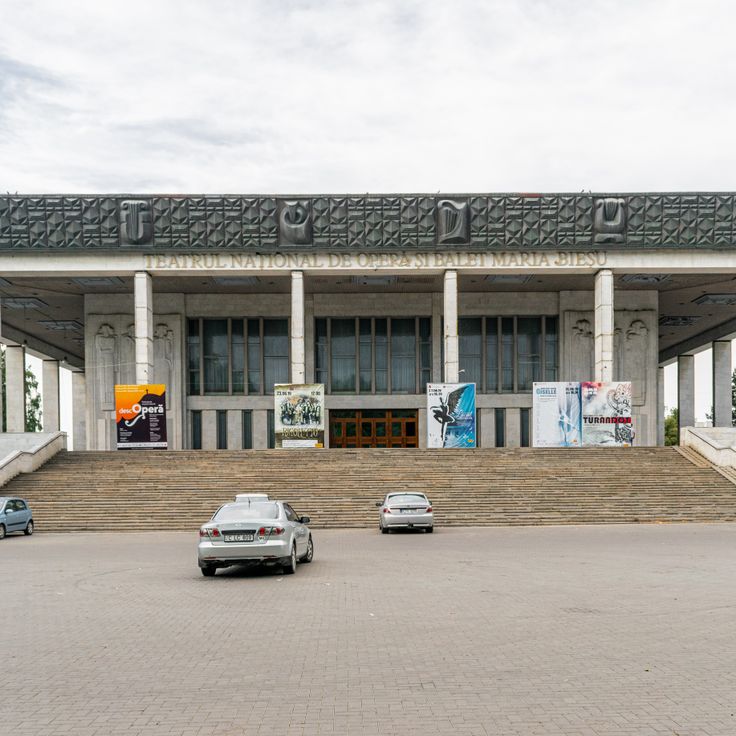
Chișinău, Moldova
Cultural institution established in 1957, presenting opera, ballet, and classical music performances in a neoclassical-style building.